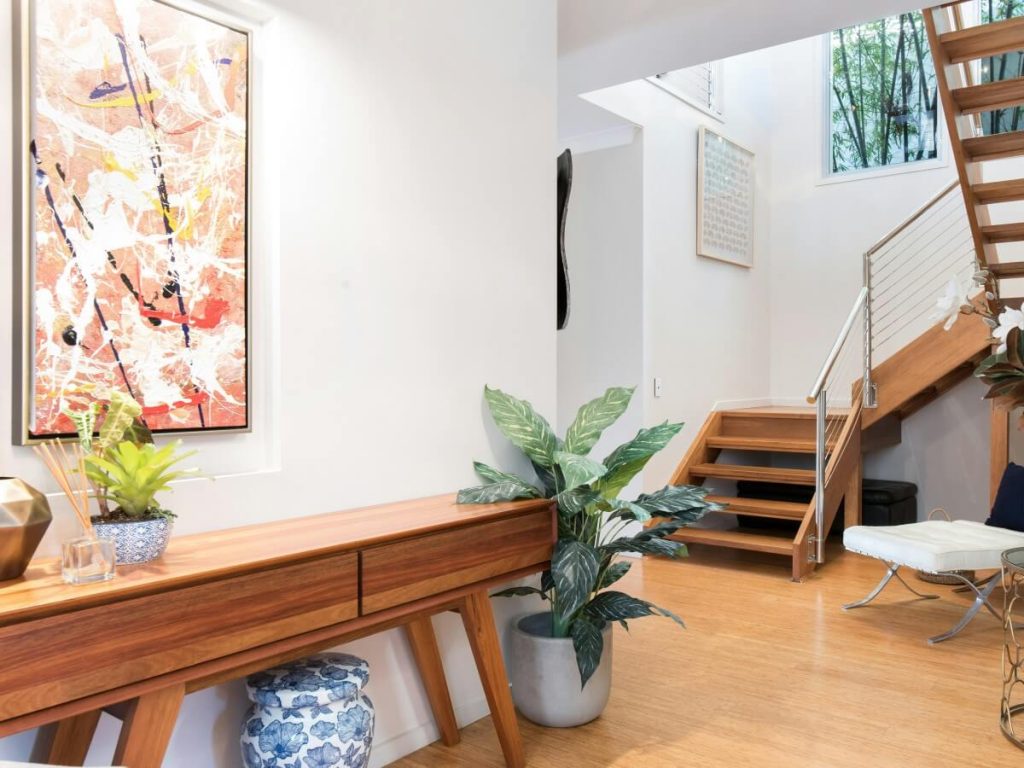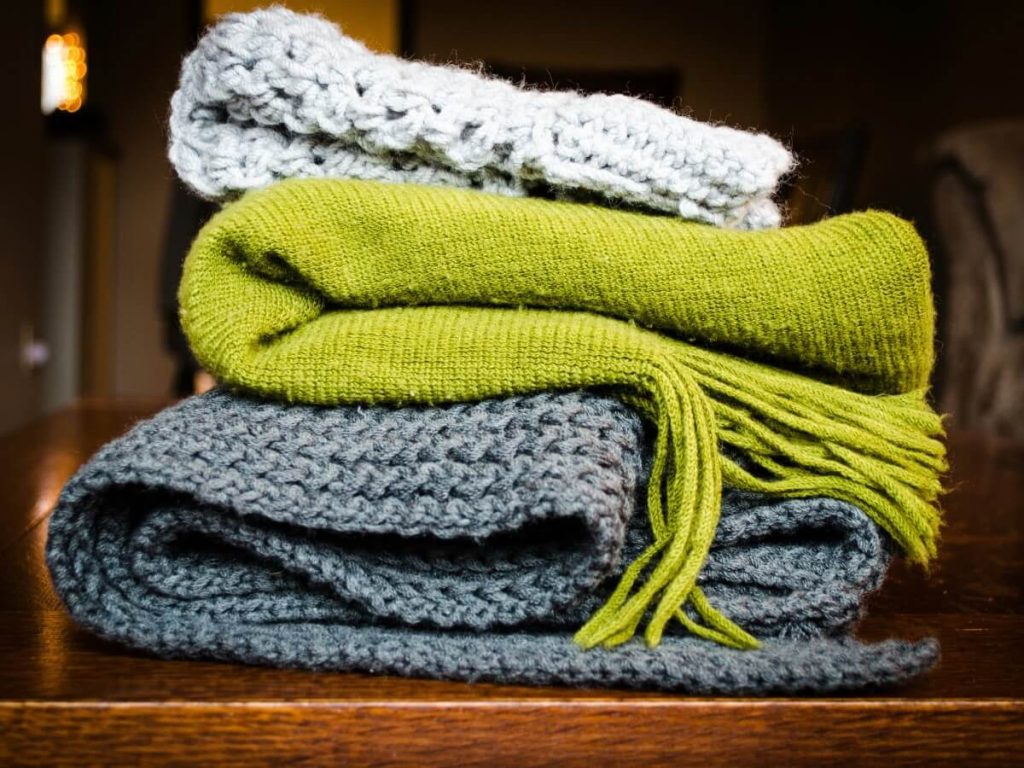A Wood Flooring Guide: Softwood vs. Hardwood vs. Engineered Wood
From softwood, hardwood, and engineered wood—which to pick? Lets find out!

Table of Contents
Definition
Softwood Flooring
Softwood flooring is typically made from coniferous trees—cone-shaped trees with spiky and thin leaves—like pine and fir. These floors are generally softer, making them more susceptible to dents and scratches. However, they are more affordable and often used in rustic or country-style homes. Due to their faster growth rate, softwoods are considered a more sustainable option. But, it has shorter lifespan, generally under 10 years with heavy use.
Hardwood Flooring
Hardwood flooring is made from solid pieces of hardwood trees like oak, maple, and hickory. It is known for its strength and ability to be refinished multiple times, which can extend the floor’s lifespan significantly. Hardwood floors remain a classic choice for any home and are highly sought after for their beauty and durability. It can last up to 100 years with proper care, making it a wise investment for many homeowners said Nielsen Bros Flooring.
Engineered Wood Flooring
Picture a sandwich with a top layer of real wood veneer and a hearty filling of plywood or HDF. That’s engineered wood for you! This structure makes it more stable and less susceptible to warping due to changes in temperature and humidity. Its lifespan typically ranges from 20 to 30 years, depending on the thickness of the veneer and the quality of the core layers.
Pros and Cons
Softwood Flooring
Pros
(+) Budget-friendly: Great for the wallet! With price tag stars at $2 per square foot.
(+) Rustic Vibes: Cozy and warm, suitable for cabin-in-the-woods feel.
(+) Eco-Friendly: Fast-growing trees make it a greener choice.
Cons
(-) Durability: Susceptible to dents and scratches, with average Janka hardness rating under 1000.
(-) Maintenance: Requires more care to keep it looking good.
(-) Longevity: Shorter lifespan, wears out sooner.
Hardwood Flooring
Pros
(+) Durability: Long-lasting, with a Janka hardness rating often above 1200.
(+) Variety: Wide range of species, grains, and finishes available.
(+) Value: Increases home value.
Cons
(-) Cost: Higher initial investment! Typically starts at $6 per square foot.
(-) Environmental Impact: Slow-growing trees make it less sustainable.
(-) Moisture Sensitivity: Prone to warping in humid conditions if not properly maintained.
Engineered Hardwood
Pros
(+) Stability: Excellent resistance to moisture and temperature changes.
(+) Aesthetic: Looks just like hardwood, it’s hard to tell the difference.
(+) Installation: Often available in click-lock formats, facilitating easier DIY installation.
Cons
(-) Refinishing: Limited refinishing potential.
(-) Cost: It can be more expensive than softwood, with prices generally starts at $4 per square foot.
(-) Perceived Value: May not be viewed as prestigious as solid hardwood.
Comparing Cost vs. Durability

Softwood: Affordable (4/10) but less durable (3/10), ideal for budget-friendly, low-traffic areas. Requires more maintenance and care.
Hardwood: High initial cost (9/10) with exceptional durability (9/10). Best for long-term investment and high-traffic areas, adds significant home value.
Engineered Wood: Moderately priced (6/10) and quite durable (7/10). Offers the look of hardwood with added stability and moisture resistance, suitable for a variety of environments.
for Home with Kids
For a kid-friendly home, hardwood that has excellent hardness or engineered wood are generally the best options due to their resilience and ease of cleaning. Hardwood can withstand heavy use and can be refinished, while engineered wood provides added moisture resistance, making it suitable for kitchens and bathrooms, or basements. Softwood, while aesthetically pleasing, may not hold up as well in high-activity areas and requires more maintenance, making it less ideal for homes with children.
for Home with Pets
When selecting pet-friendly wood flooring, durability, scratch resistance, and ease of maintenance are key considerations. Hardwood, particularly from dense species like oak, maple, and hickory, is highly durable and can withstand scratches and dents from pet claws. It can be refinished multiple times, allowing you to restore its appearance after significant wear. However, choose a high-quality, scratch-resistant finish to protect the surface.
Engineered wood is another excellent option for pet owners. It offers the appearance of hardwood with added stability and resistance to moisture, which is beneficial in preventing damage from pet accidents. It is cheaper than hardwood and easier to maintain, making it a practical choice for homes with pets. Softwood is generally less recommended for pet-friendly homes due to its softer nature, which can easily show dents and scratches from pets.
for Small Space
For small spaces, such as compact rooms or studio apartments, Lighter-colored hardwood or engineered wood floors can help create a sense of openness and brightness, making the space appear larger. There are many popular hardwood floors to choose from red oak to teak. Softwood can also be a good option, especially if aiming for a cozy, rustic feel.
In a small space, the choice between wide and narrow planks is the most important, regardless of the choice of wood flooring you pick. Wider planks can make a small space feel more expansive, while narrow planks can open up space and make the room feel bigger. In terms of practicality, engineered wood’s stability and resistance to moisture make it a smart choice for smaller, multi-functional areas.
for Small Apartment
In small apartments, where maximizing space and maintaining a clean, cohesive look is essential, engineered wood stands out for its consistent look and moisture resistance. Its moisture-resistant properties make it suitable for kitchen areas and bathrooms, which are often part of an open floor plan in small apartments. Using light-toned engineered wood or hardwood can brighten the area and help unify the space, giving it a seamless flow and making it feel more spacious. Softwood can add warmth, but may not be practical for a small apartment due to maintenance needs.
for Moisture Prone Area
For moisture-prone areas, engineered wood is ideal due to its stable structure. Its construction offers enhanced stability and resistance to moisture compared to solid hardwood. This makes it less likely to warp or expand when exposed to humidity or temperature changes. Hardwood can be used in these areas with careful maintenance and the right finish. However, they are generally less recommended due to the potential for water damage. The same goes for Softwood. It is generally not recommended as it is more susceptible to water damage.
for Open Space Layout
Hardwood is an excellent choice for any room, including open space layouts as it offers a seamless, cohesive look. Wide planks or longboards can further accentuate the openness of the layout, making the area feel larger and airy. Even though Engineered wood is less prestigious as hardwood flooring, it offers similar aesthetic benefits with lower cost. Softwood can add warmth and character to an open space layout, especially if a rustic or casual vibe is desired.
For Budget Friendly
When budget is a primary concern, softwood is the most cost-effective option, ideal for budget-conscious buyers. Softwoods like pine and fir are less expensive due to their faster growth rates and availability. Engineered wood offers a middle-ground, giving you the hardwood look without the hardwood price. And if you’re ready to invest, hardwood is worth every penny, adding elegance and give you long term value. Additionally, unfinished hardwood that can be finished on-site may also lower initial expenses.
For Easy Maintenance
For easy maintenance, engineered wood is generally the best choice. Its layered construction makes it resistant to moisture and temperature changes, reducing the likelihood of warping and damage from regular sweeping and occasional mopping. Hardwood, especially when finished with a high-quality polyurethane, also offers a relatively low-maintenance option. However, it requires occasional refinishing to maintain its appearance. Softwood, while warm and inviting, tends to require more frequent care and refinishing due to its susceptibility to dents and scratches, making it less ideal for those seeking minimal maintenance.
For Long Lasting
Hardwood is the most durable option, capable of lasting up to 100 years with proper care. Engineered wood also offers good longevity, particularly when featuring a thick top veneer. It can last for about 20 to 30 years. Softwood has a shorter lifespan and requires more maintenance to preserve its appearance. Even though it’s the cheapest option but it has the least longevity, up to 10 years in average.
For Expensive Look
For an upscale, luxurious appearance, hardwood is the top choice. Hardwood, like walnut and cherry, offers rich, deep colors and striking grain patterns that exude elegance and sophistication. There is always a suitable hardwood flooring for almost every room in your home. The natural variation and quality of hardwood add a timeless beauty to any space, significantly enhancing the perceived value of your home. Finishes like High-gloss finishes or hand-scraped textures can further making the space feel more upscale.
Engineered wood can replicate the luxurious appearance of expensive hardwoods while providing a more versatile and sometimes cost-effective option. Softwood, while beautiful and offers a more rustic charm, generally does not convey the same level of luxury as hardwood or high-quality engineered wood.
Conclusion
Choosing the Right Flooring:
- Softwood: Ideal for those seeking a rustic, natural look with visible knots and a warm, cozy atmosphere. Best for low-traffic areas or rooms where a vintage or distressed look is desired.
- Hardwood: Offers a wide range of colors and grains, perfect for high-traffic areas where durability and longevity are important. Suitable for various interior styles, from traditional to modern.
- Engineered Wood: Best for areas with moisture and temperature variations, such as basements or kitchens. Provides the aesthetic appeal of hardwood with added stability and often easier installation.
In summary, the choice between softwood, hardwood, and engineered wood flooring should be based on the desired appearance, functional requirements, and the specific conditions of the space.






